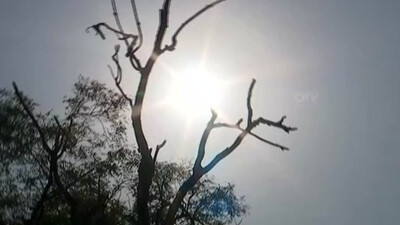Recommended Stories
Imphal: Known as the only floating lake in the world, Manipur`s Loktak lake is facing a threat due to the huge decaying vegetable matter floating on the water.
The assessment was made on the basis of remote sensing data of ISRO`s RESOURCESAT satellite acquired during pre-monsoon and another during post-monsoon period.
Loktak is known as a floating lake due to the floating phumdis - heterogeneous mass of vegetation, soil, and organic matters at various stages of decomposition on it.
The area of the wetland is 246.72 sq km, comprising large pockets of open water and marshy land formed at the southern part of the Imphal valley up to the confluence of Manipur river and Khuga river. Three other important lakes- Lokhoi Pat, Waithou Pat and Aongbikhong Pat exist in the surrounding area.
The southern part of the lake has been declared as Keibul Lamjao National Park due to the presence of the unique dancing deer locally called as `Shangai`.
"Wetlands are among the most productive eco-systems besides being a rich repository of biodiversity, and are known to play a significant role in carbon sequestration," the study said.
Wetlands, being dynamic and influenced by both natural and man-made activities, need frequent monitoring. Regular updation of the status of the wetlands is all the more significant in view of accelerating pressure on the very existence of these resources due to developmental activities and population pressure being witnessed currently, it warned.
The study also called for an accurate database that will support research and decision making.
"If you compare the database of the 1990s and today, you will see a drastic decrease in the area of wetlands. Wetlands located at altitude of 3000 mts in Arunachal are also shrinking and this depletion may be linked to climate change," North East Space Application Centre director S Sudhakar said.
An atlas on the wetlands of the Northeast was published by the NESAC recently. ` Out of the 15.9 Mha of total wetland areas in the country, the Northeast accounts for 1.06 Mha, which is around 4.17 per cent of the total geographic area of the region.
There are 7731 wetlands in the NE states, besides 11736 very small wetlands.












